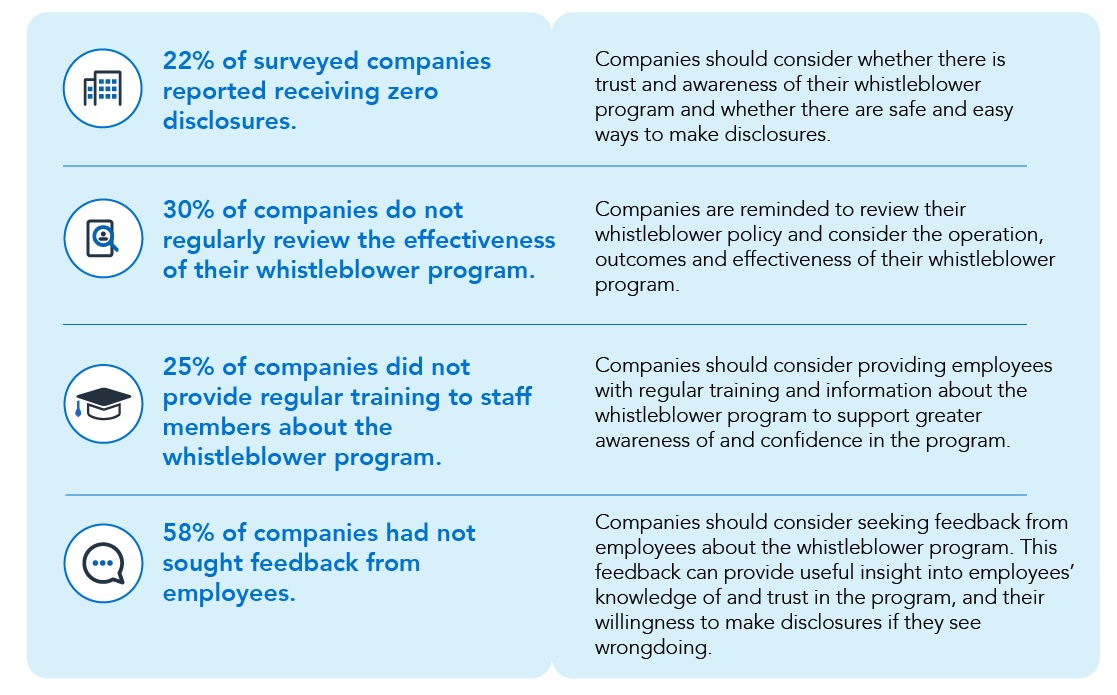How To Reduce Absenteeism At Work
Practical strategies to reduce absenteeism, costs, and improve team morale.

Absenteeism disrupts workplace productivity, increases costs, and lowers team morale. Whether due to burnout, disengagement, or health issues, frequent absences can strain businesses.
Left unchecked, absenteeism leads to lost revenue, overworked employees, and a toxic work culture. Presenteeism—where employees show up but underperform—only worsens the issue.
By implementing clear policies, fostering engagement, and supporting employee wellbeing, businesses can reduce absenteeism and create a healthier, more productive work environment. Here’s how.
What Is Absenteeism?
Absenteeism refers to employees missing work when they are scheduled to be present. It can be classified into two broad categories:
Planned Absences
These include approved leave types such as annual leave, personal leave, long-service leave, mental health sick leave and parental leave. While they may require workforce adjustments, they are predictable and manageable.
Unplanned Absences
These are sudden, unexpected absences due to illness, personal emergencies, stress-related issues, or other unforeseen circumstances. Unplanned absenteeism can disrupt workflow, increase operational costs, and impact overall productivity.
Types of Absenteeism
Chronic absenteeism
Refers to frequent, long-term absences, often linked to burnout, health issues, or job dissatisfaction. This is especially challenging for SMEs, where a single missing employee can significantly affect daily operations.
Intermittent absenteeism
This involves occasional but unpredictable absences, which may be due to minor illnesses, disengagement, or personal issues. Both types can indicate deeper workplace problems if patterns emerge.
Presenteeism
Often referred to as “hidden absenteeism,” happens when employees come to work but are unwell or disengaged, leading to low productivity.
Sick employees can spread illness, further increasing absenteeism, while disengaged staff can negatively impact morale and efficiency. SMEs, where every team member plays a vital role, are particularly vulnerable to the ripple effects of presenteeism.
See some of the most important absenteeism statistics for Australian businesses.
Australian workplaces lose around $33 billion annually due to absenteeism
How To Reduce Absenteeism
Establish Clear Attendance Policies
Employees need clear guidelines on leave reporting, including when and how to notify managers of absences. Policies should outline acceptable reasons for leave, documentation requirements, and the consequences of excessive absenteeism.
However, flexibility is crucial for legitimate cases, such as medical or family emergencies, to maintain fairness and trust. Find out why flexibility and employee autonomy at work can make a substantial difference.
Improve Employee Engagement
Employees who feel valued and see growth opportunities are more likely to stay engaged and committed. Providing career development programs, training, and internal promotions fosters motivation.
Employee recognition programs—whether through bonuses, public acknowledgment, or small incentives—boost morale and encourage attendance. Lack of employee recognition is a common psychosocial hazard and can contribute significantly to poor workplace mental wellbeing.
Promote Employee Wellbeing and Mental Health Support
A supportive workplace reduces stress and prevents employee burnout. Flexible work arrangements, such as hybrid or adjusted hours, help employees balance personal and professional responsibilities. Employee Assistance Programs (EAPs) offer confidential support for mental health, financial concerns, and other personal challenges, ensuring employees feel supported both inside and outside work.
Address Workplace Culture Issues
A toxic or unsupportive work environment can drive absenteeism. Encouraging open communication, where employees feel safe discussing workload or personal concerns, fosters trust.
Training managers in effective leadership, active listening, and problem-solving equips them to provide better support and create a positive workplace culture. See our guide on talking to your employees about mental health.
Preventative Measures
Encouraging employees to take sick leave when genuinely unwell prevents presenteeism and the spread of illness, which can lead to further absences. This also includes encouraging staff to take mental health sick leave when relevant too.
Tracking attendance patterns allows businesses to identify concerning trends early and intervene before absenteeism becomes a chronic issue, ensuring a healthier and more engaged workforce.
Reduce Absenteeism Today Through Proactive Employee Support
Reducing absenteeism requires clear policies, strong engagement, and a healthy workplace culture. Addressing burnout, stress, and disengagement early helps keep employees present and productive.
Employee Assistance Programs (EAPs) are a game-changer. They offer confidential mental health support, stress management, and employee counselling, helping employees tackle challenges before they lead to extended absences.
Want to cut down absenteeism at your workplace? Talk to Foremind about our EAP today—a proactive step toward a healthier, more engaged workforce.
Related Articles

Hello 👋 I’m Joel the founder of Foremind.
Are you ready for simplified support & compliance?
Latest insights
Answers to the frequently asked questions.
Still have questions?
Email us at enquiries@foremind.com.au and we'll get back to you quickly with a response
Yes, we have culturally competent counsellors available, including those able to work with first nation and CALD employees.
Onshore on secure AWS Servers in Sydney Australia. All data is encrypted in transit and at rest and our entire team is located in Australia.
Employees can access our platform on any device (mobile, laptop, desktop, etc.) as long you have the website link - no need to download any app on devices. You wouldn’t need to enrol any of your staff individually.- When we do our onboarding, we ask for the first name, last name and email of all your employees, and send out an email invite to all them which will allow them to create their own individual account to access the platform. For new staff we can also invite them or provide you with a unique link to embed in your onboarding process, whichever is more convenient for you. We also kick things off with a launch webinar or video to make sure everyone is aware of Foremind and how to use it. We’ll also provide you with any collateral such as posters, QR codes, brochures etc. to help drive awareness and encourage people to create an account in the platform.
The support line is answered by our reception service 24/7. It is for urgent platform or session-related issues only (e.g. *“My counsellor didn’t show”*) or helping staff create an account.






